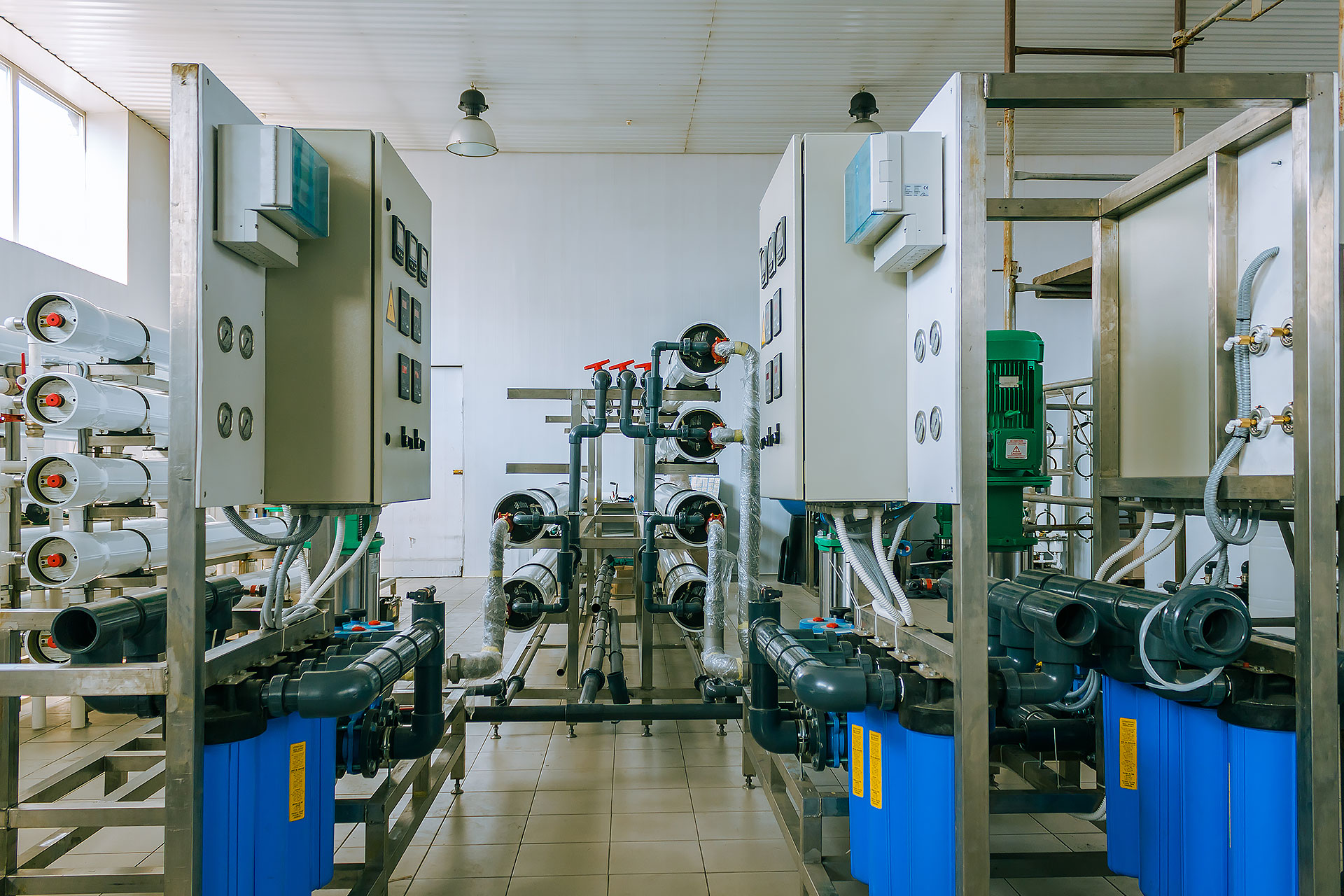Seawater Desalination Machine
For ships engaged in ocean voyages, both equipment and personnel require a supply of fresh water. Modern ships are equipped with devices that produce fresh water from seawater, and the most commonly used technologies are the evaporation method and the reverse osmosis method.
The evaporation method typically uses a low-temperature evaporation, with the heat source coming from the waste heat of the ship's main engine. Water production must be coordinated with the operation of the main engine, and when the ship is parked, no water can be produced. The reverse osmosis method uses the characteristics of reverse osmosis in nanometer-scale membrane tubes to separate sodium chloride, bacteria, heavy metals, algae, microorganisms, and other impurities from seawater, producing pure fresh water containing trace minerals at 500 ppm or below 10 ppm.
The water-making machine produced by Pumpson uses reverse osmosis technology to produce fresh water. The water production system is equipped with backwash function and corrosion-resistant pumps that extend the service life of the unit and membrane tubes.
Since the company's water-making machine is electrically driven, water production can still be carried out when the ship is traveling at low speeds or in the anchorage, and the water production conditions are not limited by whether the main engine can provide heat, giving the ship more flexibility in its use of fresh water. The system uses automated programming control, and the production water quality and operating status of the equipment can be easily monitored from the panel. The system also has a series of protective mechanisms that can issue warnings or automatically shut down to remind personnel to check and solve problems, avoiding the occurrence of major issues. With high reliability, it is suitable for various types of ships with reduced personnel, unmanned duty, and long-term navigation.
